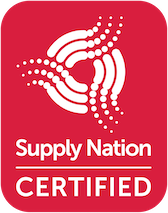Blog
As the new year rapidly approaches, we are all looking forward to seeing what the future will bring to our...
As 2024 draws near, the significance of cybersecurity cannot be stressed enough. The evolution of the threat landscape is not...
The effect of technology on nearly everyone’s life is undeniable. Tech’s ever-evolving nature made this possible and will continue to...
The effect of technology on nearly everyone’s life is undeniable. Tech’s ever-evolving nature made this possible and will continue to...
As the new year rapidly approaches, we are all looking forward to seeing what the future will bring to our...
As 2024 draws near, the significance of cybersecurity cannot be stressed enough. The evolution of the threat landscape is not...



